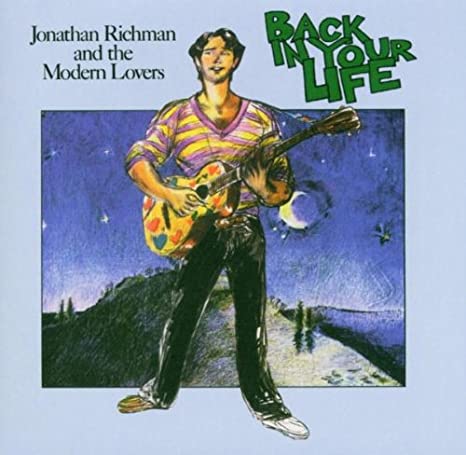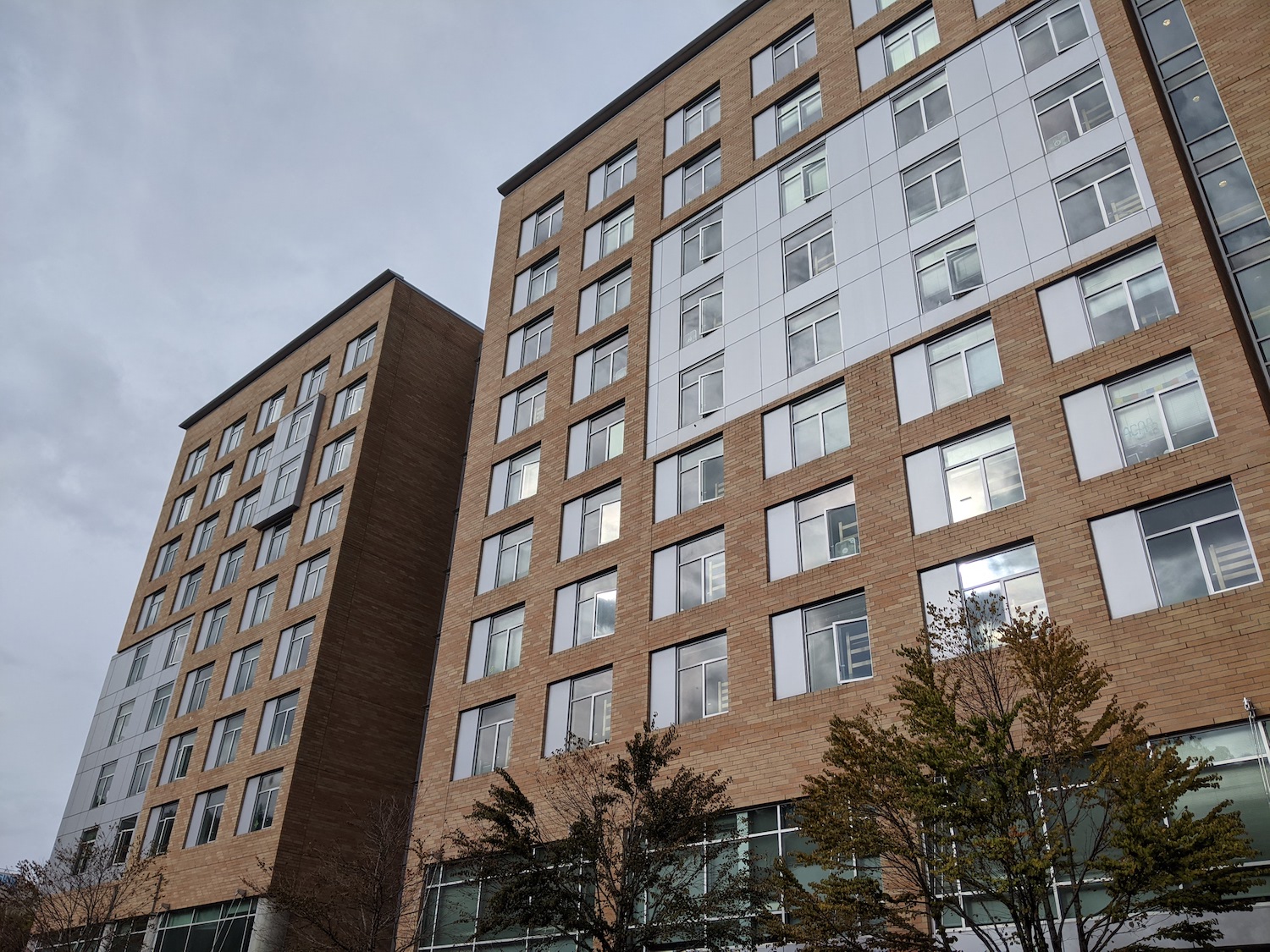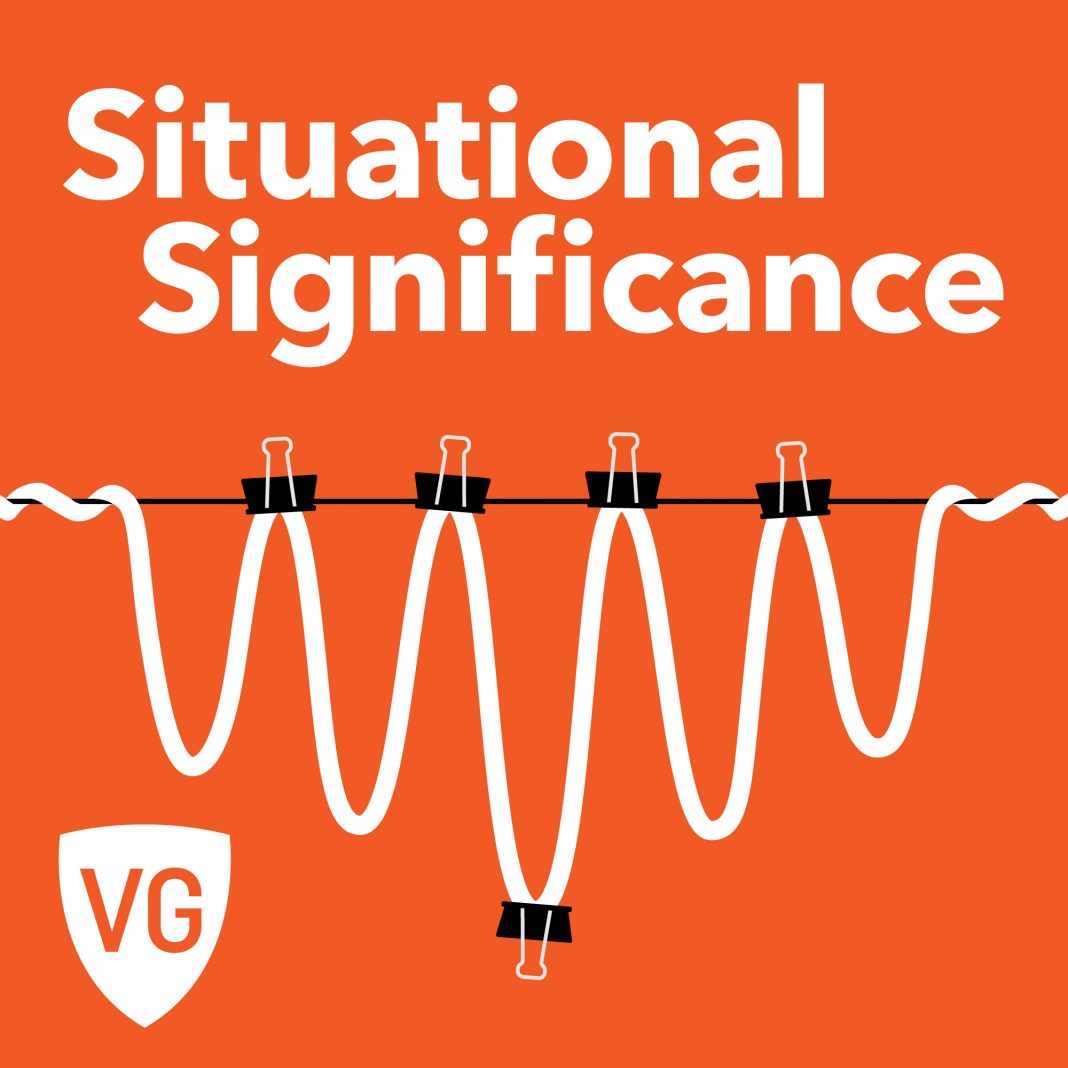In the lead-up to the COVID-19 crisis, it was a common refrain from housing activists that tenant protections have always been lacking and needed some beefing up. Landlords and large corporate property owners are able to take advantage of numerous schemes to protect themselves, all while making sure their tenants have few options if the rent comes short.
Landlords will contend this issue is not necessarily dire for renters, pointing to assistance programs and additional funding, but their fear of rent strikes and jubilees is telling. Now that coronavirus has made its move, the rapid response by landlords to any assistance measure or rent moratorium is increasingly telling. Many of these tenants have one goal: survive a pandemic. Landlords, meanwhile, have a different goal: your rent check.
Announced in late March as the virus began to spread far more rapidly, the Coronavirus Aid, Relief, and Economic Security Act, or the CARES Act, has been the most acute worry for landlords of late. Long-demanded rent moratoriums and strikes materialized soon after the pandemic began to spread, and thus landlords’ long-promised welfare calamity was tested as federal limitations on evictions went into effect. The result strains the credulity of anyone who took investor and landlord fears seriously; many tenants got a respite and landlords were able to take advantage of the very carve-outs they demanded. Nobody, really, was hurt in this respect.
Mortgages are not rent
To better understand why landlords get so completely protected, it’s important to look back at the history of property ownership in this country, specifically residential, mortgage-backed properties. In the United States, the current mortgage system has roots in the Progressive Era, when people began to flock to the cities to buy homes, creating a surge in mortgages. These eventually were dominated by specific, portfolio-based mortgages that allowed for cheaper, bulk mortgage of properties, facilitating a rise in landlords and corporate lenders that dominated the market, locking out smaller owners.
The system that emerges from this kind of giveaway is pernicious, of course; it allows landlords to amass small empires of properties as short or mid-term investments. The federal government established such a system with all the fanfare of a rescuing army saving a town, adding on bonuses and treats to help buoy what was fast becoming a great moneymaker for banks.
Through the Great Depression and World War II, home sales were slow, but the aftermath of both was a loud boom of sales and swaps as people fled the cities again, heading to polis-hugging suburbs where their money no longer intermingled with less desirable borrowers. Levittown saved the industry.
That brings us to today. Landlords have simply kept their hands out all this time.
A different crisis
When the 2008 subprime mortgage crisis and subsequent recession struck, it was all but assured that either the feds would bail out lenders or there would be a financial apocalypse that could potentially favor the working poor. Naturally, the former won out. TARP loans and the like ensured the value of assets, while at the same time working to untangle the self-made subprime mess for banks.
For renters, the establishment of support for landlords offered little in the way of comfort. Evictions, fairly stable at around one million a year since the late 1990s, saw little fluctuation during the housing crisis of the mid-2000s. Landlords, then, were granted a reprieve their tenants never got, keeping two things the same: mortgage approval and annual eviction counts.
This time around, the financial crisis is not borne out of a liquidity problem or defaults, but rather, a virus. Although corporations are people, they cannot die from COVID-19. Yet all the same, many that are property owners are kept on life support by the government in order to preserve a mortgage market that is only fair to investors and puts renters at risk.
Let it fail
What hasn’t been tried yet has been a renter-first approach. The system is not built for that, of course, and a renter-first approach would be seen as just more welfare, more handouts and so on. Never mind, of course, that landlords would never have survived the wild fluctuation between suburb and city pre-World War II without welfare and handouts aimed at their bottom line. The resulting investor chaos would drive values down, harm investor confidence and certainly cause a financial panic.
But that’s not a bad thing.
Providing the system an out from its current means of dealing with renters in times of personal or public crisis is a humane approach. Bankruptcy protections and other financial buoyancy more than adequately protect landlords, and within a few years, their investment value will be as if it never dropped a cent. On the other hand, rewarding bad actors with a second chance does little to reform a system. What ultimately results from all this social upheaval should not resurrect the conditions that led to such suffering: in other words, protect renters from not only current troubles, but systemic ones.
The rules of the system have long been tilted heavily toward landlords, but with inequalities and poverty at the fore again during COVID-19, it would be inhumane to not reform now.






